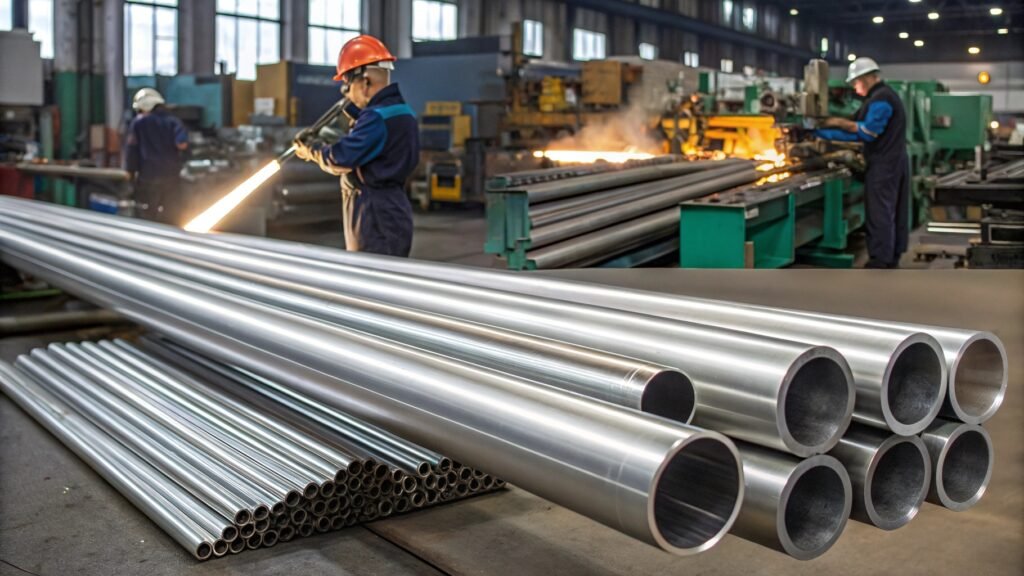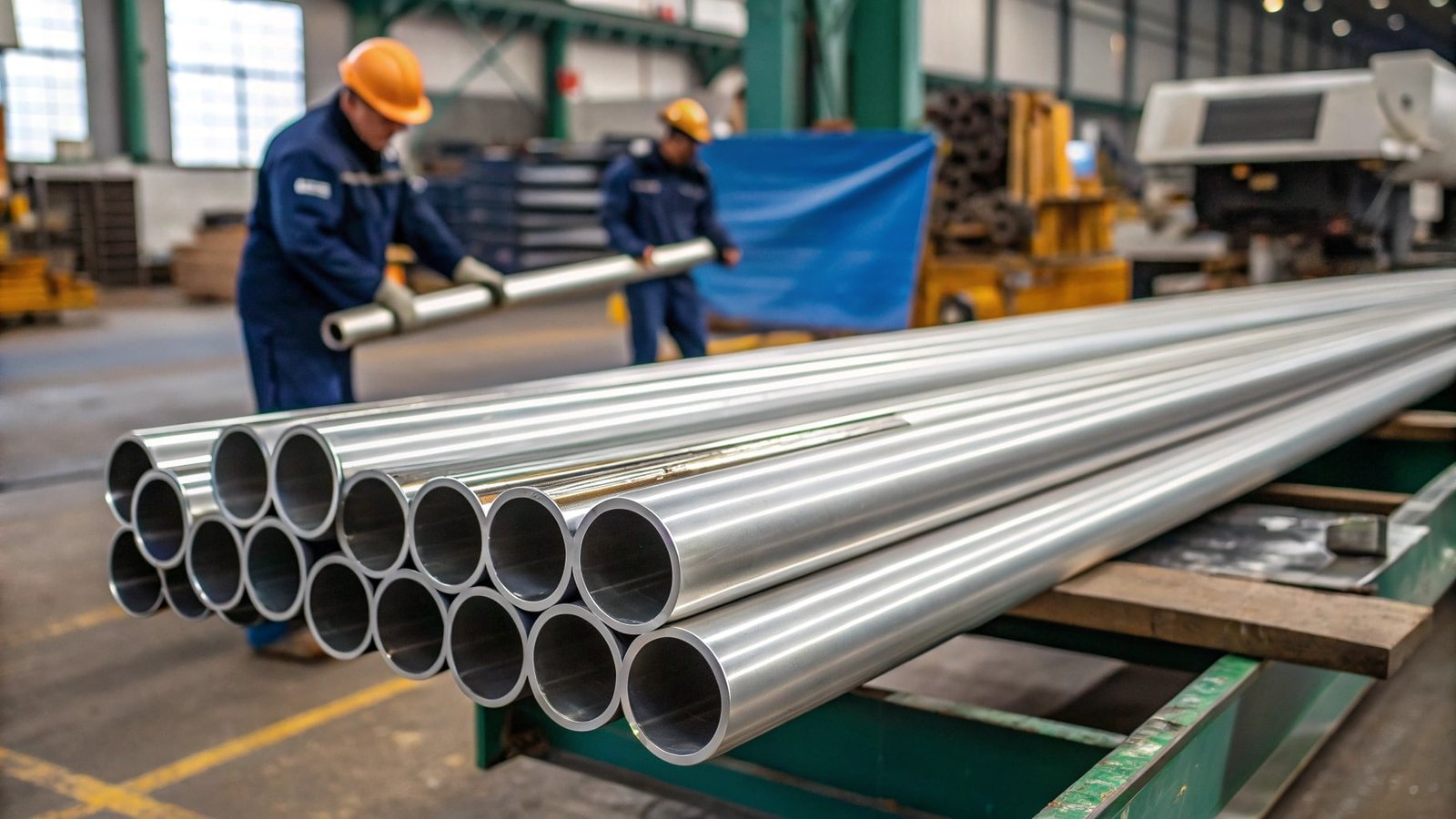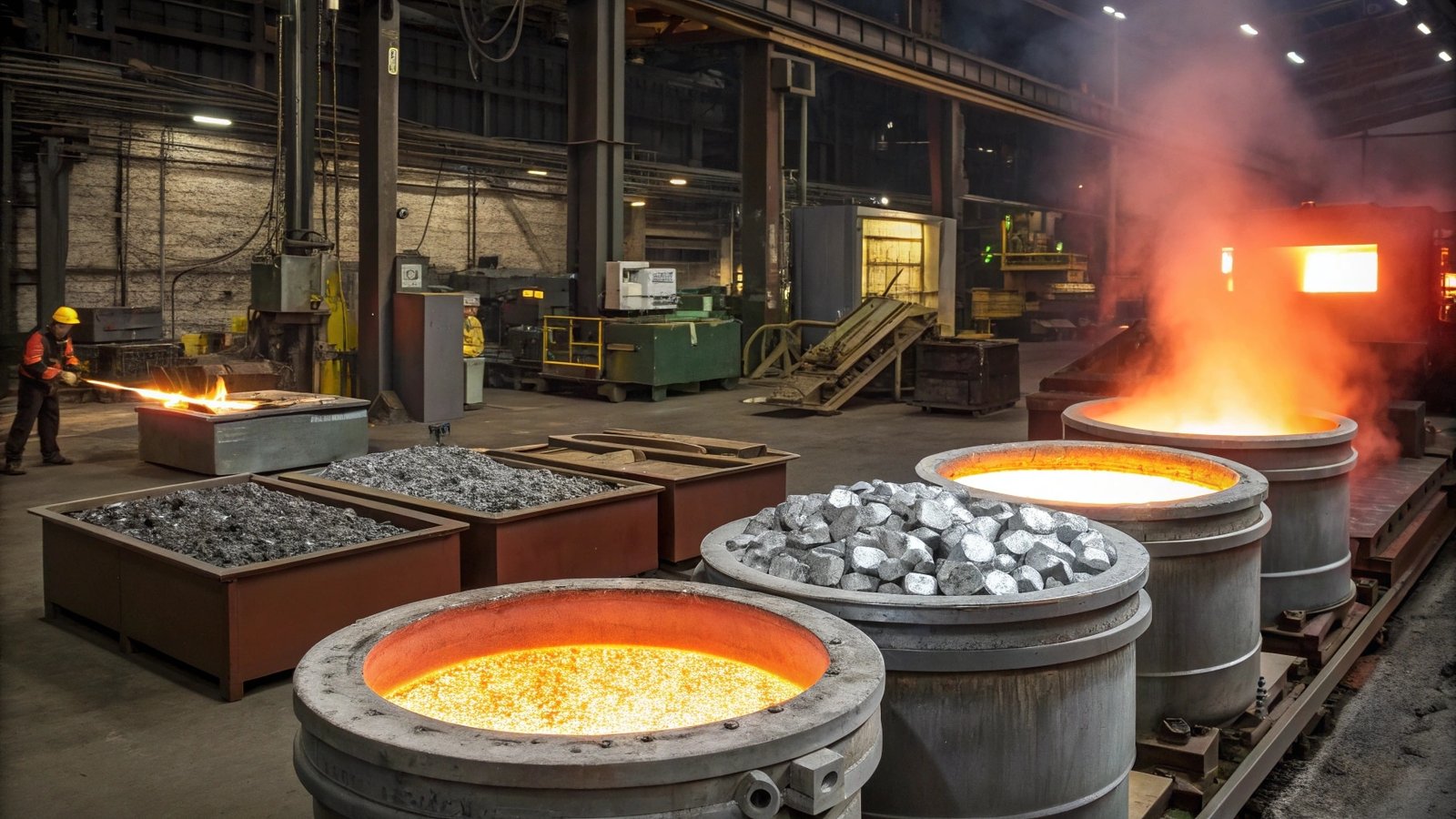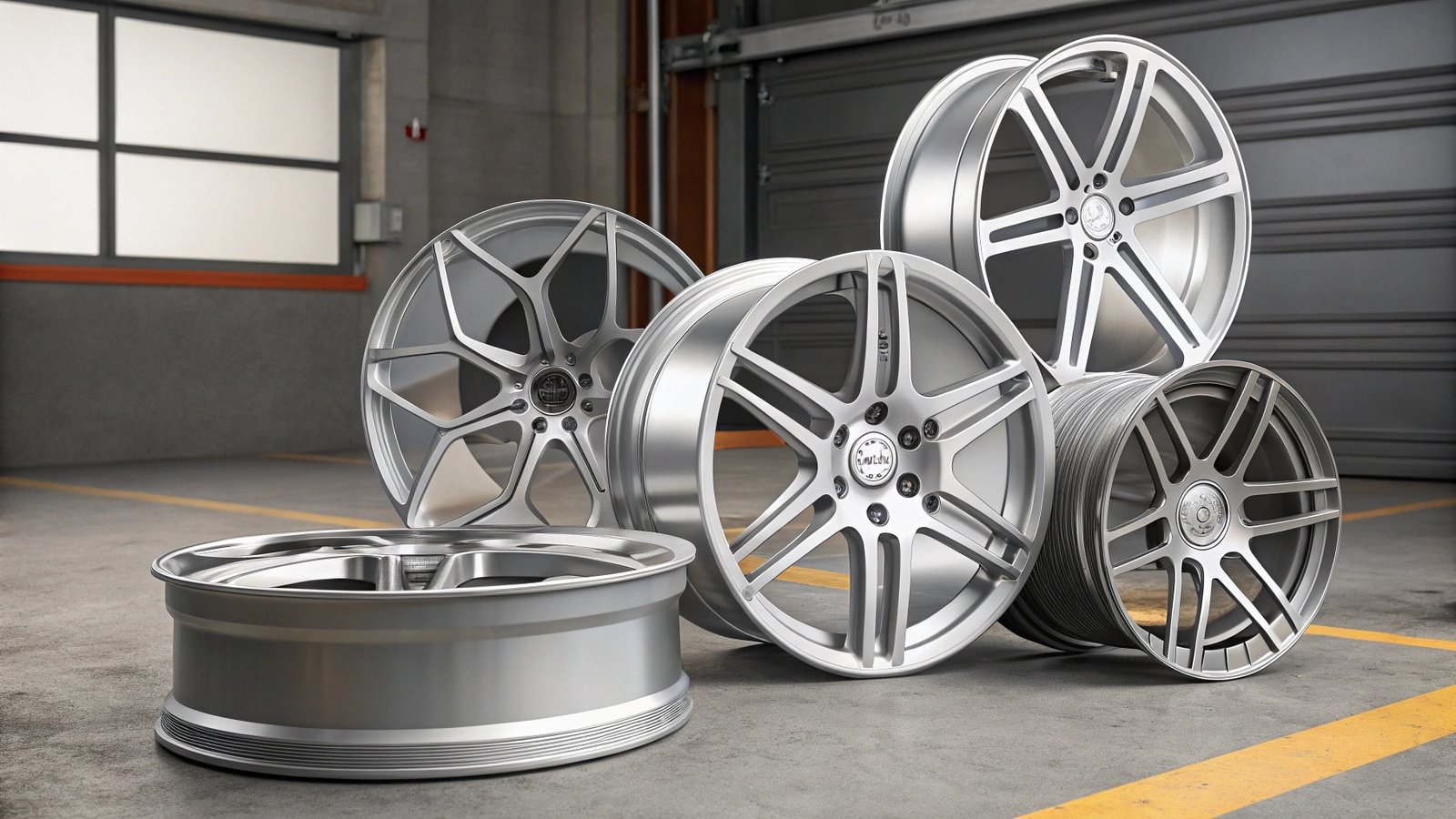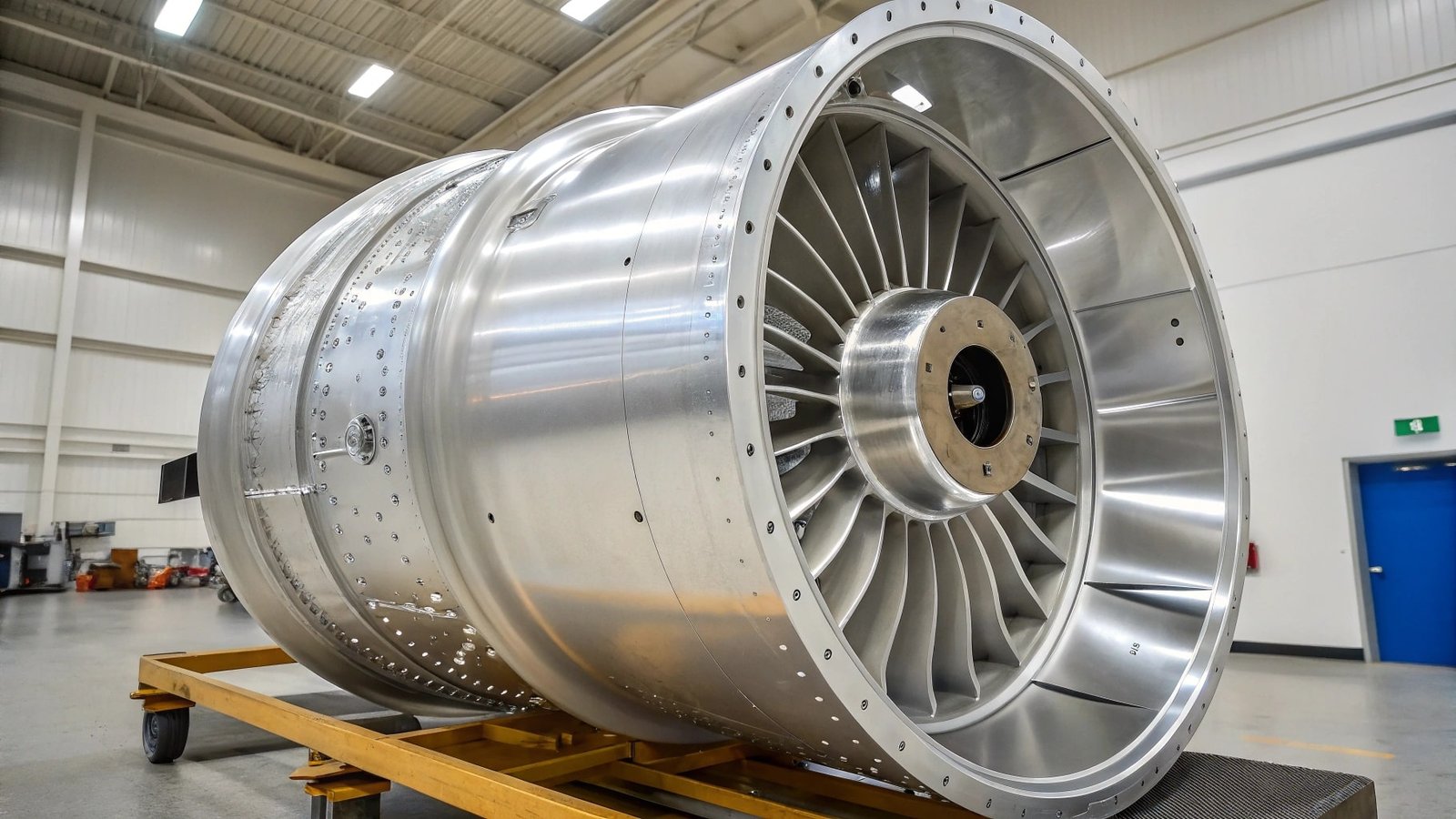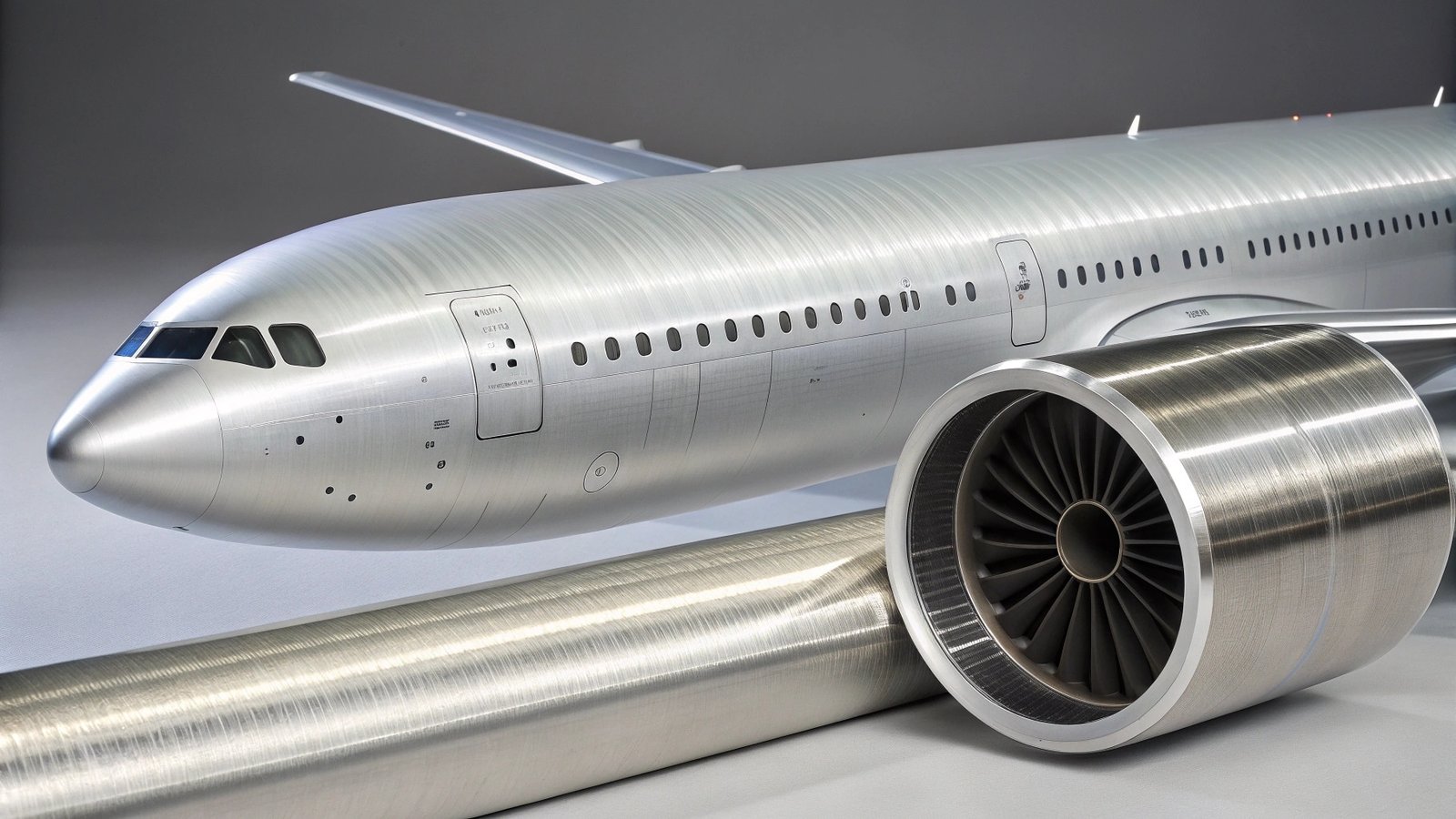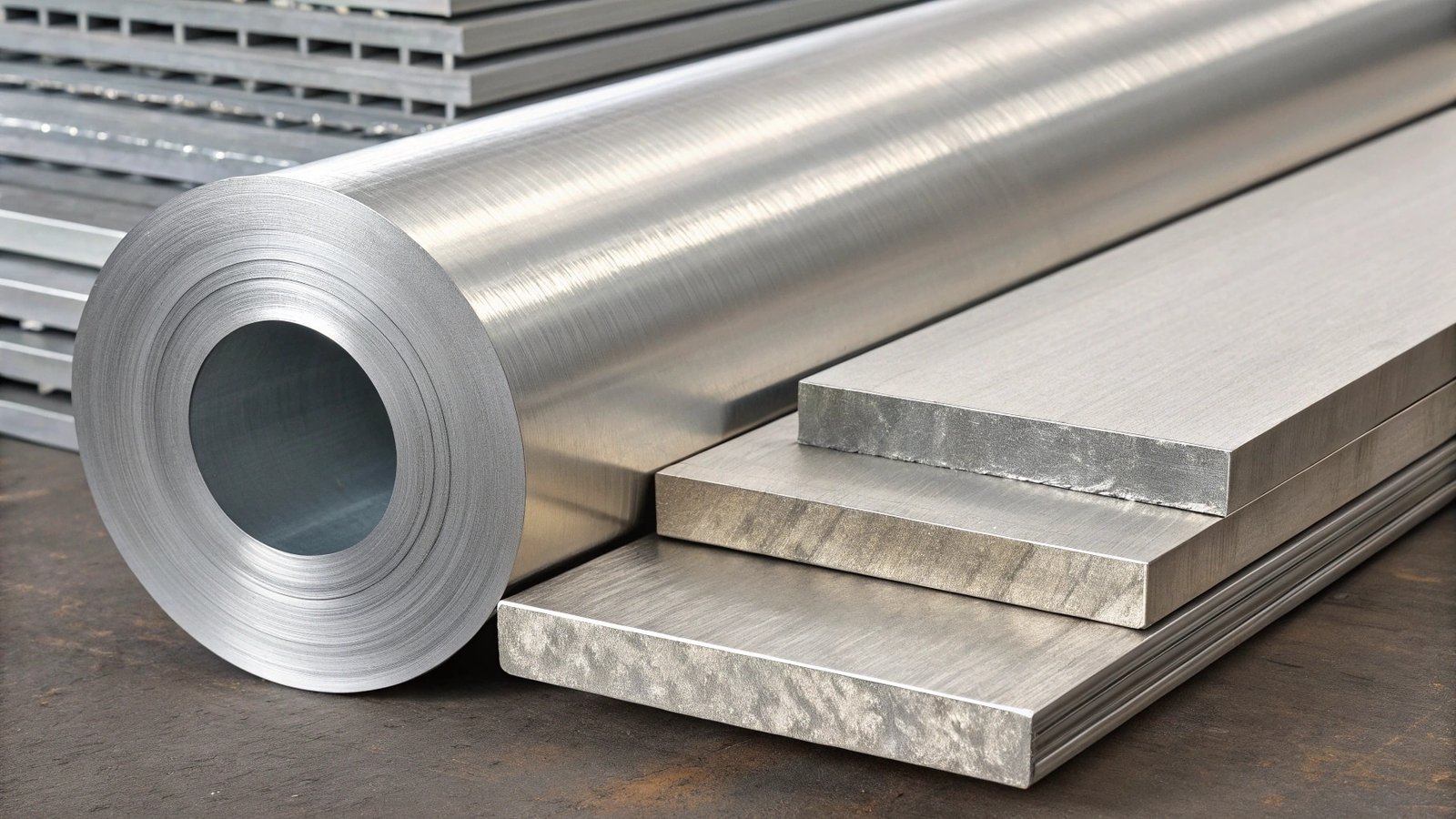Need strong, reliable aluminum tubes? Agitate: Welded tubes can fail under pressure. Solution: Seamless tubing offers superior integrity. Discover how it's made for better performance.
Seamless aluminum tubing1 is made mainly by extrusion or forging. Extrusion pushes aluminum through a die over a mandrel. Forging shapes a solid billet by piercing and drawing. Both methods create a continuous, weld-free tube for strength and reliability.
Understanding how seamless tubes are made helps you choose wisely. It's an interesting process. Let's look closer at how these high-performance tubes are created.
How are aluminium tubes manufactured?
Confused about aluminum tube creation? Different methods exist. We'll clarify the main processes so you can understand your options better.
Aluminum tubes are mainly manufactured using extrusion or forging for seamless types. Extrusion is common for smaller diameters. Forging is used for larger tubes or specific properties. Other methods like welding create seamed tubes with different characteristics.
Aluminum tubes are essential in many industries. So, knowing how they're made is important. I find that many of our clients, especially traders, ask about this. They need to explain it to their own customers.
There are a few ways to make aluminum tubes. But, if you need a seamless tube, two main methods stand out. These are extrusion and forging.
Why Seamless Matters
Seamless tubes have no weld lines. This means they are very strong. They can handle high pressure. This is different from seamed tubes. Seamed tubes are made by rolling a sheet and welding the seam. This seam can sometimes be a weak point. So, for critical applications, seamless is often the way to go. We see this demand frequently from our machining plant clients who require materials for high-stress environments.
The Two Key Seamless Methods
- Extrusion: This involves pushing a hot aluminum billet through a shaped die. A mandrel inside the die creates the hollow center. We will talk more about this method in a bit.
- ForgING: This method shapes aluminum using compressive forces. For tubes, it often involves piercing a solid billet and then shaping it. At SWA Forging, this is an area where we have a lot of experience. We specialize in large-diameter forged rings and discs, and this expertise extends to forged tubes.
Both methods produce strong, reliable seamless tubes. The choice often depends on the size of the tube, the specific aluminum alloy, and the particular needs of the application. Understanding these processes helps you, our customer, make informed decisions.
What is seamless aluminum?
Heard "seamless aluminum" but unsure what it means? Its unique structure offers benefits. Understanding this helps you pick better materials for your projects.
Seamless aluminum refers to a product made from a single piece of metal without any welded joints. This results in uniform strength, better pressure resistance, and improved corrosion resistance. It is ideal for demanding applications where integrity is key.
When we talk about "seamless aluminum," we're describing a very specific characteristic of the metal. It means the aluminum product, whether it's a tube, a pipe, or another shape, is made from one continuous piece of metal. There are no joints. There are no welds. It's a solid, uninterrupted structure from start to finish. This is a core reason why industries like aerospace and automotive specify seamless products.
The Advantage of No Seams
Think about a pipe carrying high-pressure gas or fluid. If it has a seam from welding, that seam could potentially be a weak spot. It might be the first place to leak or break if the pressure gets too high or if there's vibration. Seamless aluminum avoids this risk entirely. Because it's one solid piece, its strength is consistent all around its circumference and along its length.
This offers several key benefits that I've seen make a real difference for our customers:
- Uniform Strength: The material properties, like tensile strength and yield strength, are the same throughout the product. There are no weaker zones that might be present near a weld or heat-affected zone in a seamed product.
- Better Pressure Resistance: Seamless aluminum products can typically handle higher internal and external pressures compared to their seamed counterparts. This is vital for many industrial applications our machining plant customers work on. They need absolute reliability.
- Improved Corrosion Resistance: Without a seam, there's one less place for corrosion to start or concentrate. A weld can sometimes have a slightly different composition or structure, making it more susceptible.
- Smoother Internal Surface: For tubes and pipes, a seamless interior often means less friction for fluids flowing through. This can be important for efficiency in hydraulic or pneumatic systems.
I remember a project where a client, a machining plant, switched from seamed to seamless aluminum tubes for a critical hydraulic system component. They reported back to us that they saw a significant reduction in component failures and leaks. That’s the practical power of seamless construction. It’s all about delivering integrity and reliability, which is central to our mission at SWA Forging2.
What is seamless tubing?
Need tubes for critical tasks? Seamless tubing offers superior reliability. Let's explore why it's preferred for demanding jobs and high-pressure systems.
Seamless tubing is a hollow, cylindrical product made from a single piece of aluminum without any welded seams. This design ensures high structural integrity, making it perfect for transporting fluids or gases under pressure and for high-stress structural uses.
So, we've talked about the general idea of "seamless aluminum." Now, let's apply that concept specifically to "tubing." Seamless tubing is simply a tube that is manufactured using a seamless process. This means it starts its life as a solid piece of aluminum, often a billet. This billet is then formed into a hollow, cylindrical shape without any welding or joining of edges. It’s a continuous, unbroken metal wall.
Why Seamlessness is Crucial for Tubing
Tubing is used for an incredible variety of purposes. It often has to move things – liquids like oil or water, gases like air or nitrogen, or even serve as protective conduits for electrical wires or cables. In many of these roles, the tube is under some form of stress, particularly internal pressure. Think about hydraulic lines in heavy machinery, fuel lines in an aircraft, or pipes in a chemical processing plant.
Here's why seamless construction is so important for these applications:
- Leak Prevention: This is perhaps the most obvious advantage. No seam means there's no potential leak path along a weld line. For transporting valuable or hazardous materials, this is absolutely critical for safety, environmental protection, and operational efficiency.
- Superior Pressure Handling: Seamless tubes can consistently withstand much higher internal and external pressures compared to seamed tubes of the same material, diameter, and wall thickness. The homogenous structure gives it this strength. Our clients in the aerospace and automotive industries frequently specify seamless tubing for exactly this reason.
- Enhanced Uniformity: The wall thickness and overall roundness (concentricity) of seamless tubes are generally very consistent. This is very important for sourcing managers at machining plants who need precise dimensions for fittings, connectors, or further CNC machining into complex parts.
- Greater Strength and Durability: The continuous grain structure of seamless metal, especially after certain manufacturing processes, provides excellent tensile strength, yield strength, and fatigue resistance. This means it can handle more stress and last longer, especially in dynamic or cyclical loading conditions.
When a sourcing manager from one of our partner machining plants specifies "seamless tubing" in their purchase order, they are looking for these specific qualities. They need to be absolutely sure that the raw material won't be a point of failure in their high-performance end products. It’s a choice that provides peace of mind and ensures the reliability their own customers expect.
Which process is used for making seamless tube?
Wondering how strong, seamless tubes are born? Specific methods create this quality. Knowing them helps you understand material strengths and choose correctly.
Seamless aluminum tubes are primarily made by extrusion and forging. Extrusion suits smaller diameters and offers longer lengths cost-effectively. Forging is for larger diameters or superior strength, though lengths are typically shorter and costs can be higher.
We've established that seamless tubes are superior for many demanding applications. Now, let's get into the "how" – the actual manufacturing processes. As I've mentioned based on my experience in the industry, there are two main processes that we and other manufacturers use for making seamless aluminum tubes: extrusion and forging. My insight, which I often share with clients, is that the choice between these two often comes down to the required diameter of the tube, the specific mechanical properties needed, and sometimes cost considerations.
Extrusion for Seamless Tubes
Extrusion is a very common and versatile method for producing seamless aluminum tubes, especially for smaller to medium diameters. If you can imagine squeezing toothpa
| Feature | Extrusion for Seamless Tubes | Forging for Seamless Tubes |
|---|---|---|
| Typical Diameter | Generally less than 300mm (12 inches) | Generally greater than 300mm (12 inches) |
| Process Detail | Pushing heated metal through a die over a fixed mandrel | Piercing a solid billet, then drawing/rolling over a mandrel |
| Relative Cost | Generally lower, especially for high volumes | Generally higher, due to process complexity |
| Achievable Length | Can be very long, continuous lengths | Typically limited, often up to 3000mm (10 feet) |
| Key Strengths | Cost-effective for standard sizes, good surface finish, long lengths | Superior mechanical properties, ability to make very large diameters, refined grain structure |
| SWA Forging Focus | Not our primary method for tubes | Core expertise, especially for large-diameter forged components and custom solutions |
So, the choice of process really depends on the specific needs of the seamless tube – its intended size, the strength and performance required for its application, and, of course, budget considerations. Both extrusion and forging are capable of producing high-quality seamless aluminum tubes that serve vital roles across many industries. At Southwest Aluminum, we aim to help you master these distinctions to select the best material.
Conclusion
Seamless aluminum tubes, made by extrusion or forging, offer superior strength. Understanding these methods helps you choose the best option for your specific needs.



